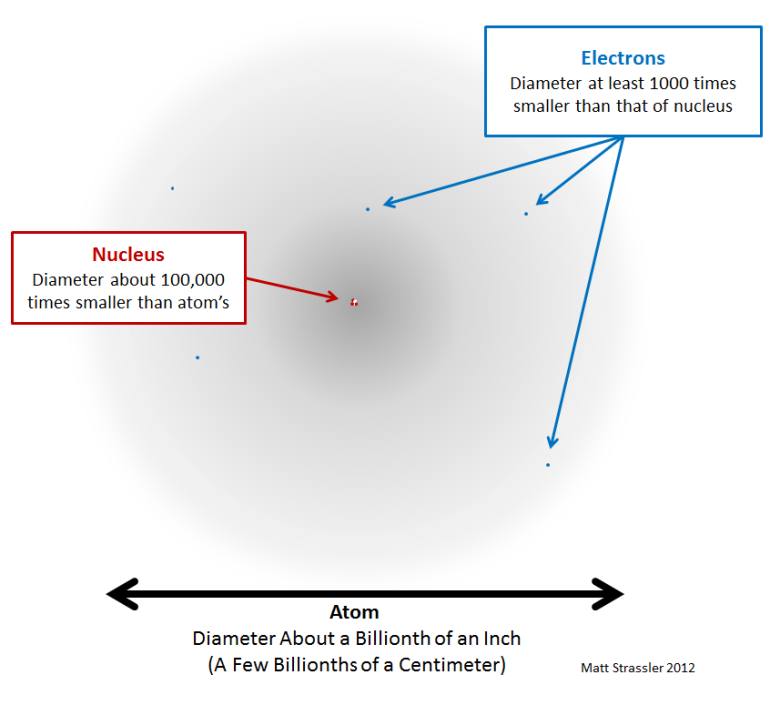Within the realm of astrophysics, black holes are easily one of my favourite subjects for the intriguing way such matter can present itself, condensing enough to tear into spacetime. It’s a point of fascination with the novel rules that we already know and the boundless discoveries still to be uncovered ahead.
So, that brings me to my question:
Are black holes part of quantum mechanics or general relativity?
Both methods have fundamentally different precepts, general relativity being based on Newtonian physics and quantum mechanics delving into subatomic particles, but the bottom line is that they dissent. The biggest example is how quantum mechanics argues that matter cannot be created or destroyed while general relativity points toward the black hole retaining all its information.
Now, I know that there are theories that find ways to implement both methods, but even those are inadequate. Hawking Radiation is a good example of that, detailing how black holes can leak information over time. However, we still don’t know what happens when all the information leaves or about the anti-matter that splits from its counterparts over the event horizon. After all, theories aren’t fully proven, just generally accepted (think the big bang theory).
A secondary question that could be examined is if general relativity and quantum mechanics can even be melded together, or have a consistent rule that translates to both approaches.
Not so brief background on Black Holes >>
Some massive stars collapse on themselves at the end of their ‘lives’ to a superdense, small body that has a gravitational pull so powerful, it tears into space-time and traps light. There are two main types of black holes, stellar and supermassive. As their names suggest, they depend on size.
Stellar black holes - You pass the Roche limit before the event horizon. You’re ripped to shreds and stretched out before the point of no return. Naturally, you’ll be dead, so there is no point in flying into that.
Supermassive black holes - The event horizon is before the Roche limit, meaning you’ll be able to see the inside of the black hole before being spaghettified. However, since you pass the event horizon, the only way is down, and there is no escape. You’ll still die, but it will be cool.
2019 Image

Artistic Interpetation (with accuracy)

Note: This is much like the images in the movie Interstellar. I suggest you watch that if you are a fan of astronomy. They practically predicted the way black holes looked in 2014, and that was five years prior.
But wait, why are those images so weird? It looks the black hole has rings.
Sorta. They are accretion discs which are formed by diffuse material that orbits the black hole. Saturn has rings, think of it like that.
So are the rings all around?
No, but it is the gravitational lensing you are observing. At a black hole, the way light reaches your eyes is so distorted, that the back end of the accretion disc is being shown from the top and bottom side. Sometimes these images are circular, sometimes near elliptical, or arranged in an Einstein cross.
Another example of Gravitational Lensing
Note: That is one galaxy behind the star, however it’s image is stretched to a near circle showing that it’s almost directly behind.
The closer you get the black hole, the stronger the pull, the stronger the warping. Since space and time are proportional, the faster you go, the slower time flows. Once you reach light speed past the event horizon, time would essentially slow to near stopping moments while the rest of the galaxy revolves fast-forwarded. The pull of the black hole draws you in, but it could also be said that you are in place while the black hole accelerates forwards depending on the frame of reference. Therefore, gravity is just the acceleration of space or the slowing of time.
In conclusion: Don’t go into a black hole. You’ll die : )
And yay, we’re all caught up. Black holes are cool, I agree. Lovely. The problem is, most of the concepts I used in the description apply to general relativity. Once you enter the black hole, every direction is down, and that would suggest that objects at the singularity are essentially gone or taken from the universe. Going back to quantum mechanics, they say that nothing can be destroyed. Hawking radiation is but one example of a method to bridge this gap, but even that isn’t perfect.
Does anyone feel like making a few new theories? Because I would really love to know if there was a constant rule that could be applicable everywhere.
Other Questions
![]() Why is gravity so weird? - We know that it’s the warping of spacetime, but it’s a force trillions of times weaker than electromagnetism, strong force, and weak force. Especially near a black hole, in the extremes, general relativity tends to fall apart.
Why is gravity so weird? - We know that it’s the warping of spacetime, but it’s a force trillions of times weaker than electromagnetism, strong force, and weak force. Especially near a black hole, in the extremes, general relativity tends to fall apart.
![]() Why does time only flow in one direction? - Whether you’re stuck at online school watching the clock tick by or hanging at the edge of a black hole watching the years of the galaxy pass in mere moments, time only allows us to go forwards. Spacetime is supposed to be this conceptual fourth dimension, linked together, only except we can only move around in space, never time. (Yes, I know entropy exists, but try solving that one)
Why does time only flow in one direction? - Whether you’re stuck at online school watching the clock tick by or hanging at the edge of a black hole watching the years of the galaxy pass in mere moments, time only allows us to go forwards. Spacetime is supposed to be this conceptual fourth dimension, linked together, only except we can only move around in space, never time. (Yes, I know entropy exists, but try solving that one)
And probably the most popular one ~
![]() What’s up with quantum gravity? - The supposed field that is supposed to be the mesh of quantum mechanics and general relativity. It’s gonna explain how black holes work, the vacuum catastrophe, and the chronology projection conjecture, but the catch is that no one apprehends anything about it. Who knows, could be something discovered in our lifetime.
What’s up with quantum gravity? - The supposed field that is supposed to be the mesh of quantum mechanics and general relativity. It’s gonna explain how black holes work, the vacuum catastrophe, and the chronology projection conjecture, but the catch is that no one apprehends anything about it. Who knows, could be something discovered in our lifetime.
@HomeworkHelp and @Scientists if anyone here can help, fact check, or just share other cool experiences. I am writing a report on this for finals, so any contributions are awesome.



